The change in arrangement of vascular tissues of roots having separate strands of phloem and xylem with exarch protoxylem to collaterally placed phloem and xylem with endarch protoxylem of stem is commonly referred to as root–stem transition. In higher plants root and shoot form a continuous axial structure.
In this article, The Transition of Root and Stem will be discussed briefly.
Root-stem transition
Root-stem make a continuous structure called the axis of the plant. Epidermis, cortex, endodermis, pericycle, primary vascular bundle all makes continuous structure from root to stem but the arrangement of vascular bundle is different in these two organs. The root possess radial bundle with exarch xylem and stem possess collateral bundle with endarch xylem.
So, a region present, where these changes occur. A part of the axis where these changes occur called transition region. The change of position of xylem including inversion and twisting of xylem from exarch to endarch type called Vascular Transition.
This change occur at the top of the radicle or at the base of the hypocotyl or in the middle or in the top of hypocotyl.
There are four types of root-stem transition. These are described below:
1. A Type (Mirabilis sp., Fumaria sp.)
Xylem strand divide by radial division in 2 branches. As branches pass upwards swing in lateral direction. Phloem strand remain as straight chain from root to stem. Here as many primary bundle in the stem are found as many phloem in the root.
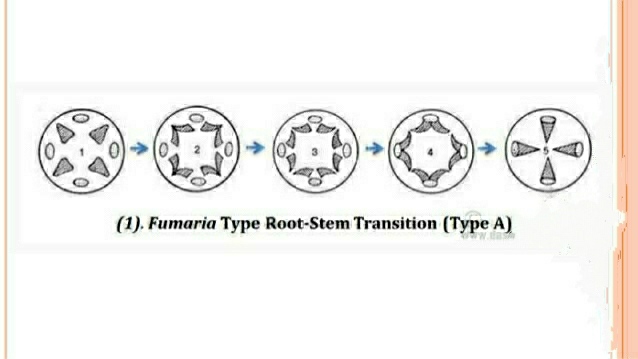
2. B Type (Cucurbita sp., Phaseolus sp.)
Both xylem and phloem strand fork and branches. Here both xylem and phloem strand divide and swing in lateral direction to join in pair. After joining in pair they remain as alternative position as present in root. Number of vascular bundle is double in the stem as the number of phloem in root.
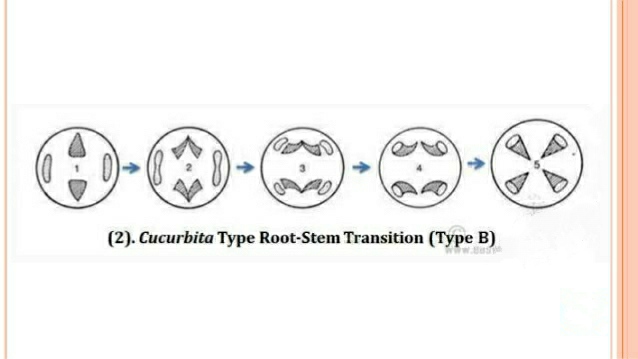
3. C Type (Phoenix sp.)
Xylem strand do not fork and twist through 180⁰. Phloem strand divide and phloem strand join the xylem on the outside. Here as many primary bundle form as many phloem strand present in root.
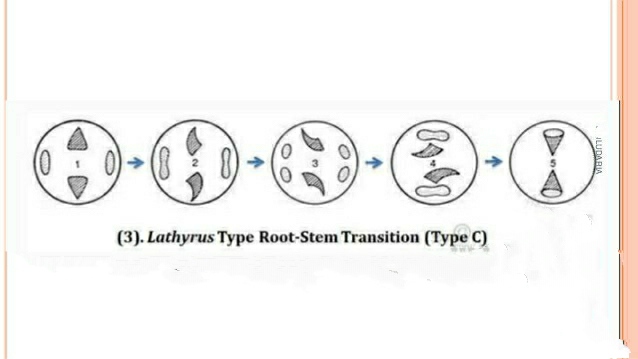
4. D Type (Anemarrhena sp.)
Two xylem strand fork and joins undivided xylem. Phloem strand does not divide. Xylem strand is inverted. Phloem strand unite in pairs. So, number of vascular bundle in stem is half number of the phloem strand in the root.
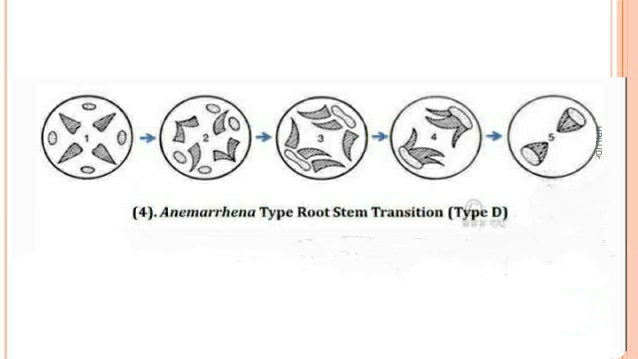
- The Four Types of Root-Stem Transition are Summarized in the following diagram:
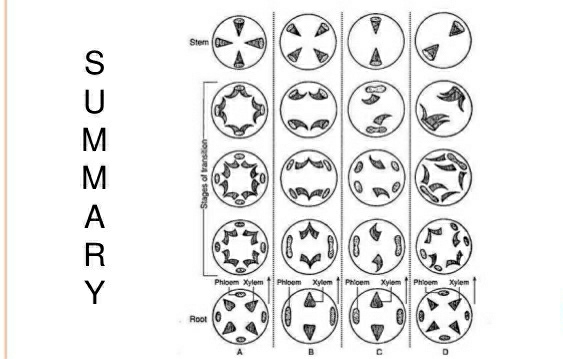
Reference:
1. Class Lecture of Parveen Rashid, PhD
Professor, Department of Botany, University of Dhaka.
2.https://www.slideshare.net/mobile/HETAKUMARIPILUDARIA/root-stem-transition.
 Plantlet The Blogging Platform of Department of Botany, University of Dhaka
Plantlet The Blogging Platform of Department of Botany, University of Dhaka


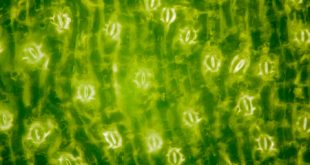
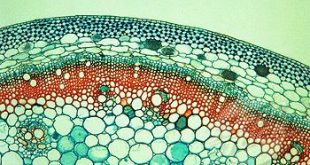
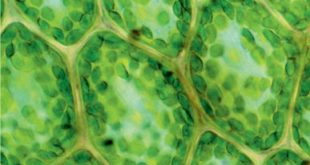

Your point of view caught my eye and was very interesting. Thanks. I have a question for you.
Thanks for sharing. I read many of your blog posts, cool, your blog is very good.